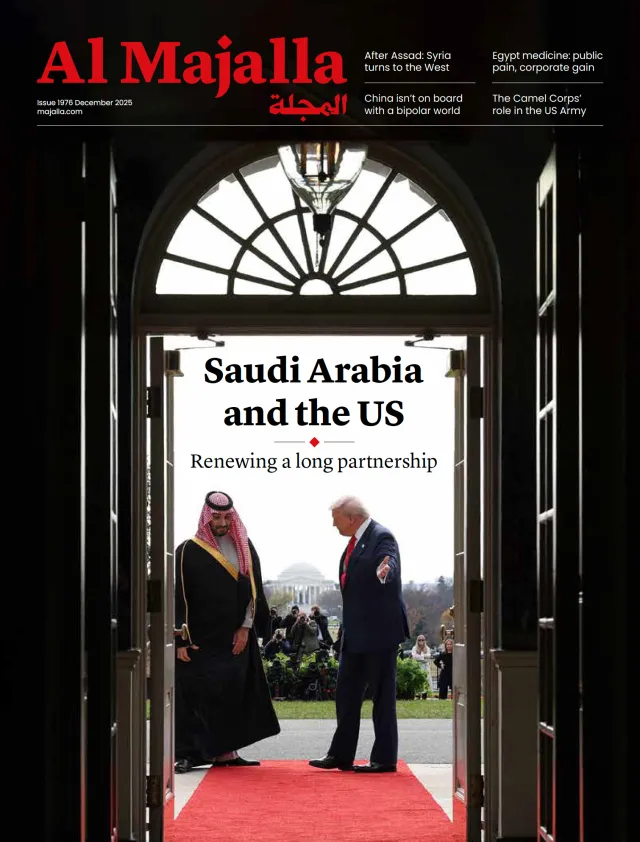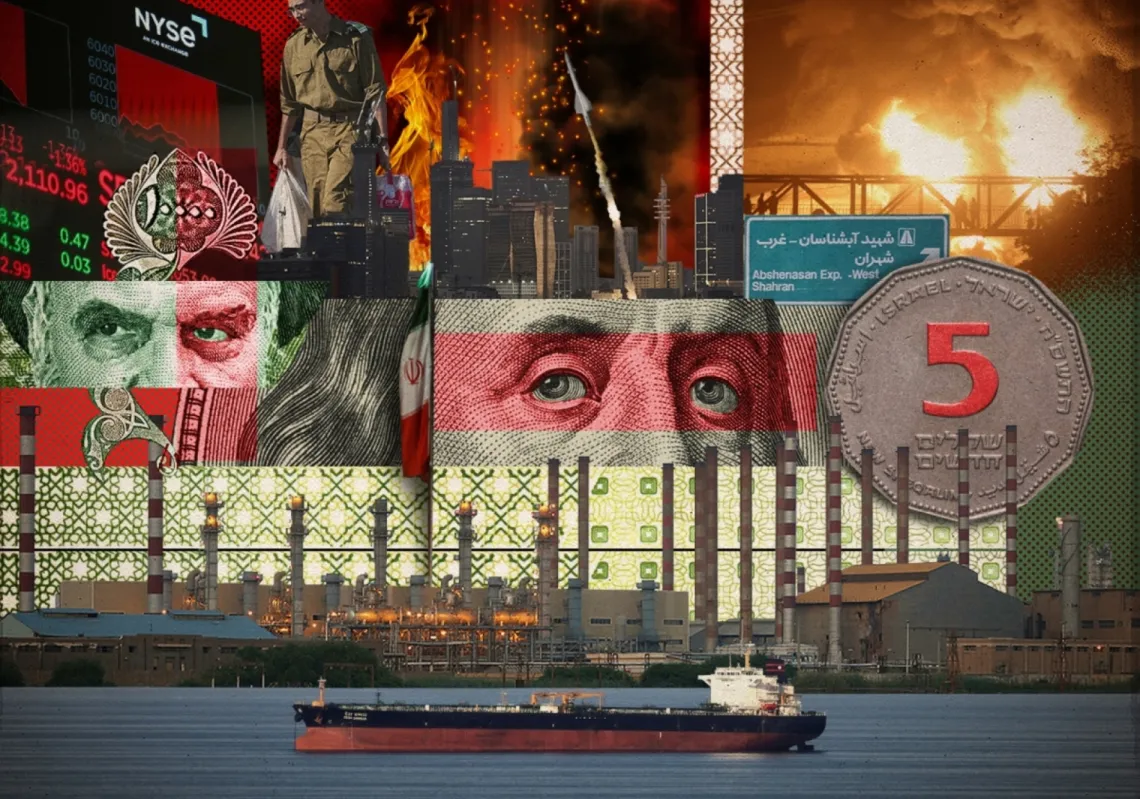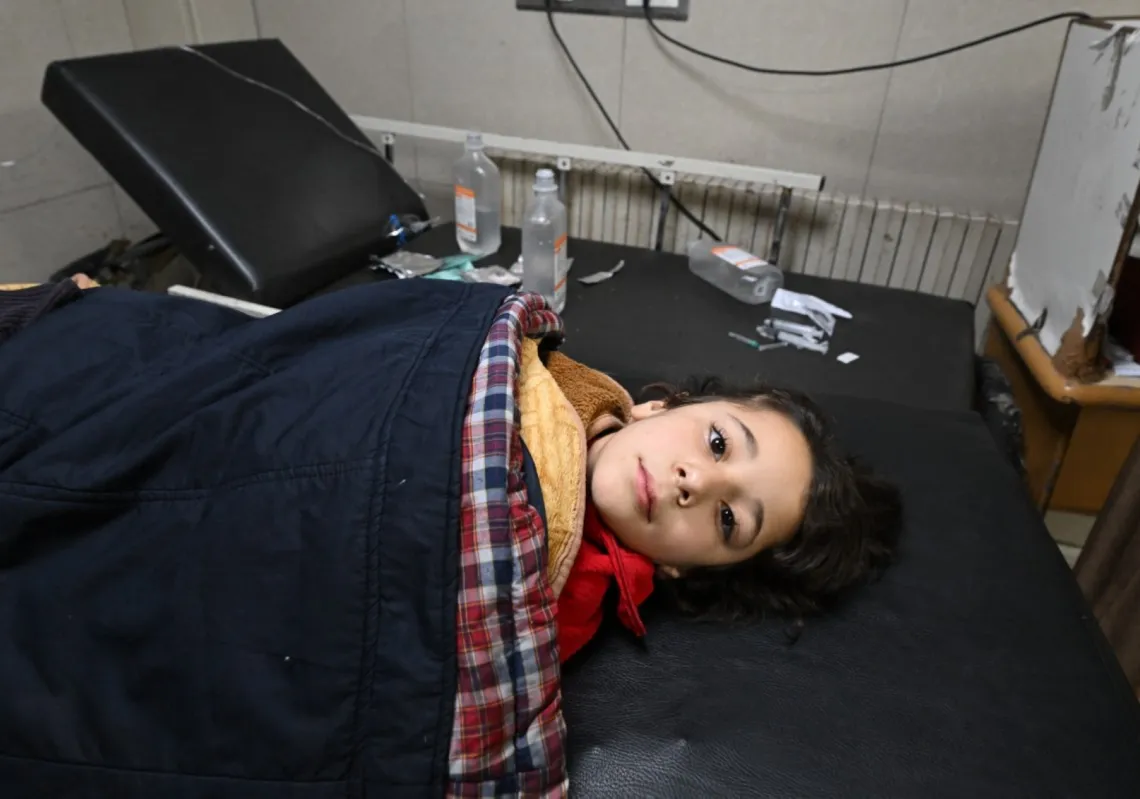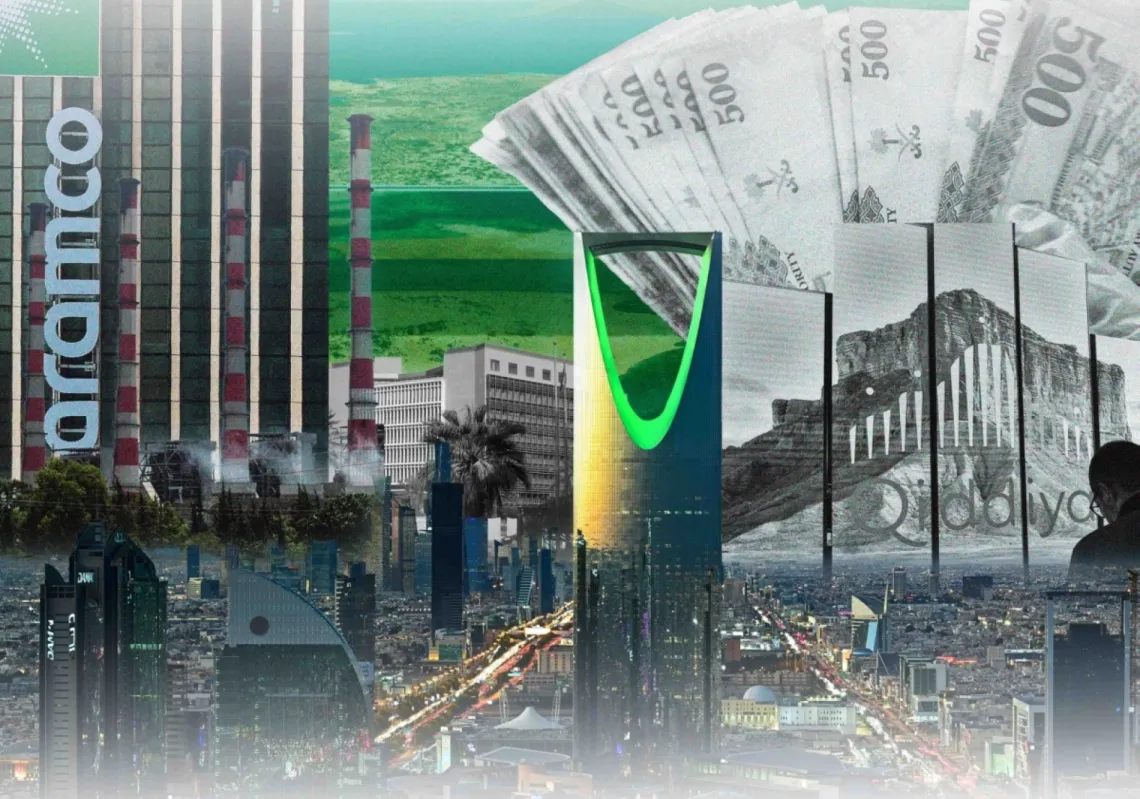Thousands of kilometres away from where the bombs dropped, people in North Africa watched footage of Israeli and Iranian missiles targeting one another’s military and infrastructure. Despite the distance from events, the effects of the Israel-Iran war—or the 12-Day War as US President Donald Trump termed it—were felt in North Africa, whether at gas stations and supermarkets, or in treasuries, dealing a third economic shock in less than five years after the COVID-19 pandemic and the Russian invasion of Ukraine, which stunted growth, exacerbated inflation, and impacted monetary policies, resulting in successive interest rate hikes.
The tentative ceasefire announced by US President Donald Trump in the early hours of 24 June may alleviate the worst fears of governments in North Africa, given that the prospect of a long-term war could affect oil prices, food costs, and financing conditions, putting pressure on the budgets of Tunisia, Morocco, and Mauritania. But the impact of those 12 days is still being felt.
Before the war, Algeria was weighing up possible funding sources to cover an anticipated $62bn budget deficit, while in Tunisia, there was relief at having saved $510mn due to the drop in oil prices compared to the reference price per barrel used to calculate the 2025 budget. Likewise, falling oil prices in Mauritania were seen as a valuable opportunity to ease the budgetary burden through structural reforms and policies that could control import costs.
Oil exporters
Libya’s economy relies almost entirely on crude oil exports, which account for over 95% of the state's income, so rising oil prices will enable the government to pay salaries and fund subsidies. Yet despite its institutional and political fragility and nationwide insecurity, Libya is home to some astonishing economic indicators.
According to the World Bank, it is the only country to record a double-digit growth rate this year, estimated at 12.3%. Oil production is at its highest level in years. According to the ALTAQA platform, crude oil production has notched up almost 1.42 million barrels per day in 2025, in addition to more than 45,000 barrels of condensates.
According to the Libyan Administrative Control Authority, 80% of its oil revenues (around $15.5bn in 2024) finance massive government spending. They also cover 85% of Libya’s food and medicine needs and pay three million public sector salaries (out of a total population of seven million). Oil revenues are expected to increase by 17% this year, driven by the resumption of production in most oil fields and rising oil prices.











